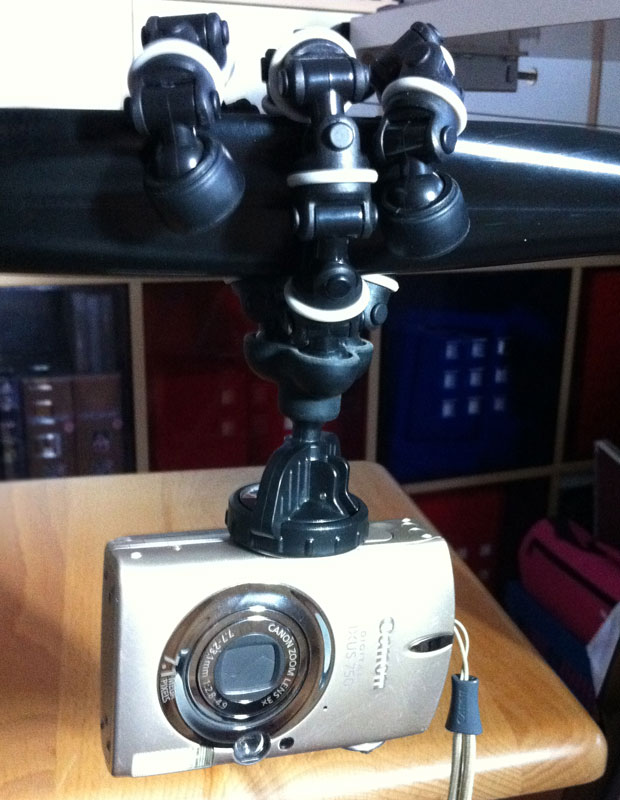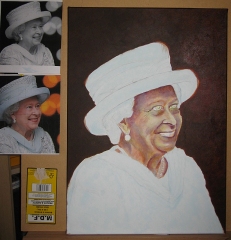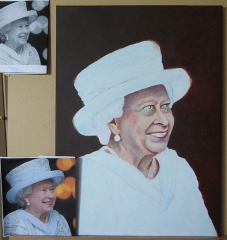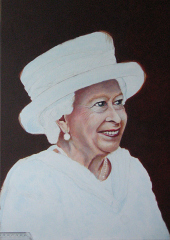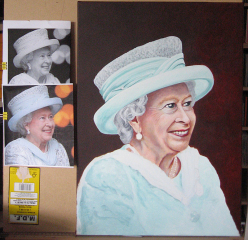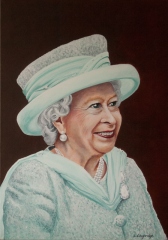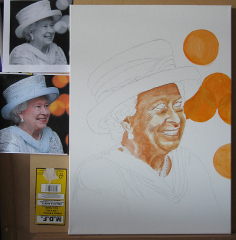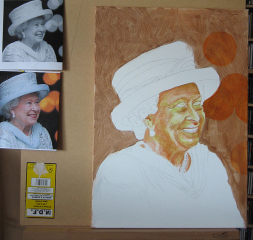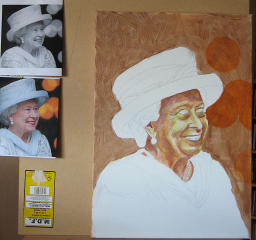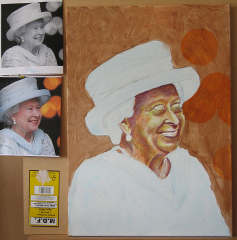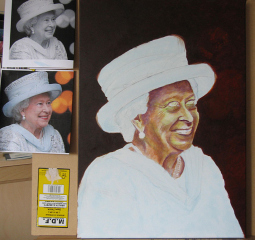Who’d have thought it…KL Art on TV, well I never!!!
OK, so maybe I’m making slightly exaggerated claims, but it felt like being on TV and I’m sure I felt the same wonder as Frenchman Louis Lumiere when he produced his first motion pictures in 1895 using his newly invented Cinematographe. Louis of course is credited as being the inventor of the first movie camera (there were others around at the time who invented similar things). Louis (with his brothers) was the first person to present moving pictures to a paying audience of more than one person (of course people had been able to watch moving images one at a time before this). Anyway, the National Media Museum, Bradford, tells the ongoing story with some interest if you fancy learning more, but back to my story…..
My TV appearance…..so, I got up ready to start my latest painting and set the beautiful, pristine, brilliant white, blank canvas carefully on my easel. I don’t know quite how it happened next, but somewhere in those hesitant moments before unwrapping the canvas I stopped briefly and admired the beauty of that simple blank page before me, thoughts running round my head saying “this canvas feels quite big….hope I’ve got enough paint…..what if various unimaginable things should happen…..”. Somewhere in that pensive moment before smooth shiny cellophane became the supporting actor in my latest bin load of rubbish, a little voice in my head said:
“why don’t you film it?”
“what?…nah!”
“Yeah go on, film it!”
“Really? D’ya think I should or could?”
“Yeah, film it!”
“That’s an interesting idea…”
I’m wondering on reflection at the depth of these conversations with (I’m sure you already spotted it) myself, but nevertheless I found myself reaching not for the scissors or craft knife, but for my one-eyed pixelating bat.
What’s a one-eyed pixelating bat?
Well you may ask! In making the decision to film my latest artistic project (and agreeing with my esteemed customer that I would do so and share it) little did I know that I would find myself on an epic journey of Attenborough-like discovery of a species previously unknown to man…the one-eyed pixelating bat, nickname Ixus!
This beautiful creature is champagne in colour, eats usually during the hours of darkness and only when no-one is looking, and unlike other bats does not have wings (this may be an evolutionary development, however I am unable to categorically confirm this). He appeared very early in my film-making venture and completely without warning, one minute my Canon Ixus is firmly perched and filming every step as my painting unfolds and the next…..
My camera is replaced by the roosting one-eyed pixelating bat, a previously unknown member of the bat family, hanging upside down where once my camera used to be.
Now, I’ve done a bit of research on the matter and according to a variety of internet resources these creatures sleep upside down for two reasons:
- They are ideally placed to take off – bats fall into flight
- To hide from predators
I can only assume this little fella felt threatened by me and thought I was a predator!
According to animals.howstuffworks.com a bat that dies whilst roosting will continue to hang upside down until another bat (or something else) jostles it loose. This little fella didn’t move in 24 hours so had clearly developed the same symptoms as Monty Pythons Norwegian Blue Parrot and was pining for the Fjords. Needless to say, this old bat swiftly removed the little fella from his roost and promptly replaced him with a more robust arrangement for film capture!!!
A little later….only slightly hampered by the interference of the bat, my series of photographs are converted, using the wonders of modern technology, into a time lapse movie and I swear I must be feeling the same excitement as louis when he viewed his first ever film! I’m also certain mine is equally as shaky!
So now, appearing on a “TV” near you courtesy of the KLArtchannel on You Tube I (proudly) present:
Zebras – A Time Lapse Acrylic Painting
You can access this from my new menu option in future, but why not Sign up to my blog updates (FOLLOW KLART links are up there on the right) for future news updates.
If you enjoy the video – hit like and subscribe to my channel for future videos!

